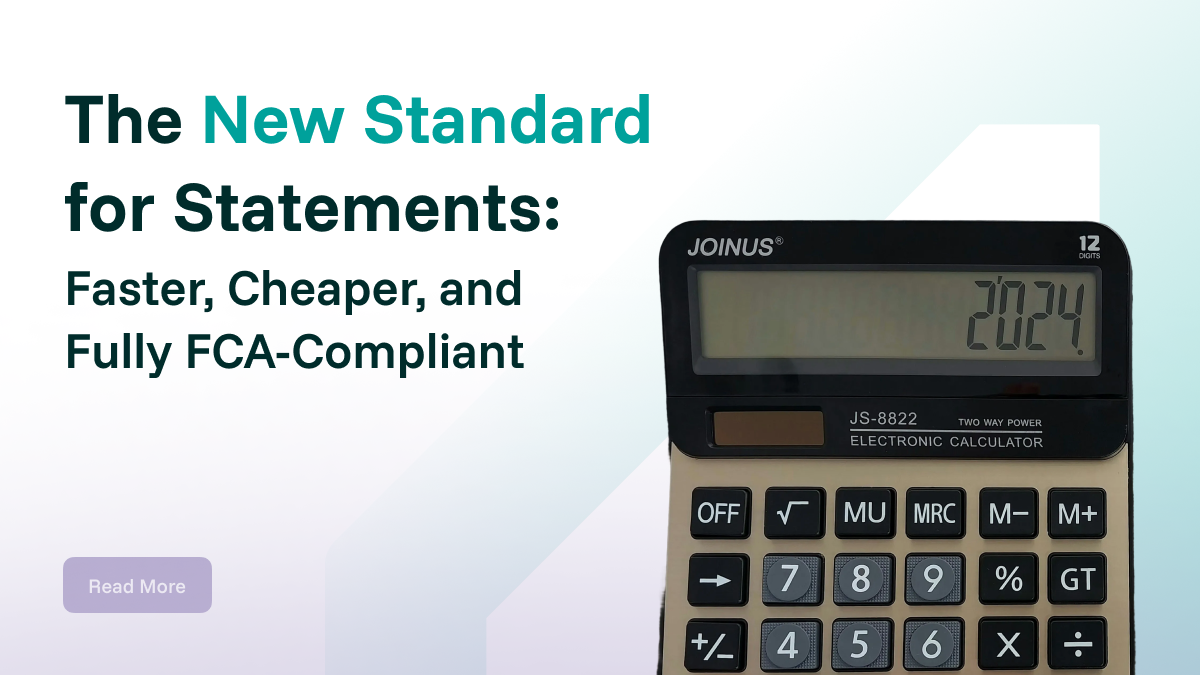
Customer Communication Preferences in the UK: 2025 Data & Trends
.png)
Introduction
In 2025, customer communication in the UK is at a turning point. Digital-first channels dominate, yet physical post still holds a vital role in trust and compliance.
This article explores the latest data on communication preferences across generations and sectors, showing why hybrid strategies are the best way to balance convenience, compliance, and customer choice.
The Big Picture – Digital-First but Not Digital-Only
Most UK adults now favour digital communication, with 74% preferring email, SMS, or portals for day-to-day updates. Yet 20% still depend on post, particularly for banking, healthcare, and utilities.
Why digital is leading:
- Convenience: instant delivery, accessible anytime.
- Cost savings for businesses and customers.
- Environmental benefits of reducing paper and transport.
Why post remains relevant:
- Customers still perceive letters as more “official” and “trustworthy.”
- Regulators often require physical delivery unless digital consent has been provided.
Digital-first may be the default, but post isn’t disappearing anytime soon.
Generational Preferences
Under 35s
- Heavy users of mobile apps, SMS, and email.
- View letters as outdated and too slow.
- Expect brands to communicate via digital channels first.
35–54s
- Balanced approach: prefer digital convenience but still rely on post for important documents.
- Commonly request both digital bills and postal statements.
55+
- Strong reliance on letters, especially in finance, healthcare, and utilities.
- 63% of over-55s trust letters more than email for financial information.
- See post as more reliable and less risky than digital alternatives.
Sector-by-Sector Preferences
Finance (Banks & Insurers)
- 81% of UK adults use online banking.
- However, 28% still choose paper statements.
- Older demographics rely heavily on letters for reassurance around security and accuracy.
Healthcare
- NHS research shows SMS reminders reduce “Did Not Attends” by 25%.
- Yet many older patients still require printed letters for appointment reminders and results.
Utilities
- 42% prefer email bills, but 31% still request paper.
- Customers cite trust, habit, and ease of record-keeping as reasons for sticking with letters.
How Postal Reforms Are Shaping Expectations
Royal Mail’s reforms, reducing delivery frequency, are shifting expectations.
- Delays risk frustrating customers who still depend on letters.
- Digital-first adoption may accelerate, as more customers seek instant, reliable communication.
- Businesses relying only on post risk compliance breaches if SLAs can’t be met.
Why Hybrid Mail Is the Best Bridge
Hybrid mail gives organisations the flexibility to meet every customer where they are:
- Default to digital: faster, cheaper, and greener.
- Print fallback: compliant, secure, and inclusive for customers who require it.
- Automation: ensures SLA deadlines are met across all channels.
- Audit trails: provide compliance-ready evidence for regulators.
Hybrid communication is the only approach that fully respects both customer preference and regulatory requirements.
Data Highlights Table
FAQs on Customer Preferences
Q: Do most UK customers prefer digital over post?
Yes, the majority prefer digital, but post is still valued for official and regulated communications.
Q: Why do some people still want letters?
Letters are trusted, accessible for all age groups, and sometimes required by regulation.
Q: Which industries are most reliant on post?
Finance, healthcare, and utilities continue to send a significant volume of postal communications.
Q: How do preferences differ by generation?
Younger customers prefer digital-first, while older demographics trust and rely more on post.
Q: Will post disappear completely?
No. Post will remain essential for compliance-driven communication, even as digital dominates.
Conclusion & Next Steps
UK customer communication in 2025 is defined by choice. While digital-first is preferred by most, post continues to play a crucial role in compliance and customer trust.
The businesses that succeed will embrace hybrid workflows, offering convenience and speed through digital, while retaining the reliability and inclusivity of physical mail.
Micom enables organisations to future-proof communications with secure, hybrid solutions that respect compliance and customer preference.
Explore next steps with Micom:
- Royal Mail’s Postal Reform Explained
- Hybrid Mail – Why Upgrade
- Solutions – Operations Teams
- Solutions – Finance Teams


.avif)

.avif)




.png)
